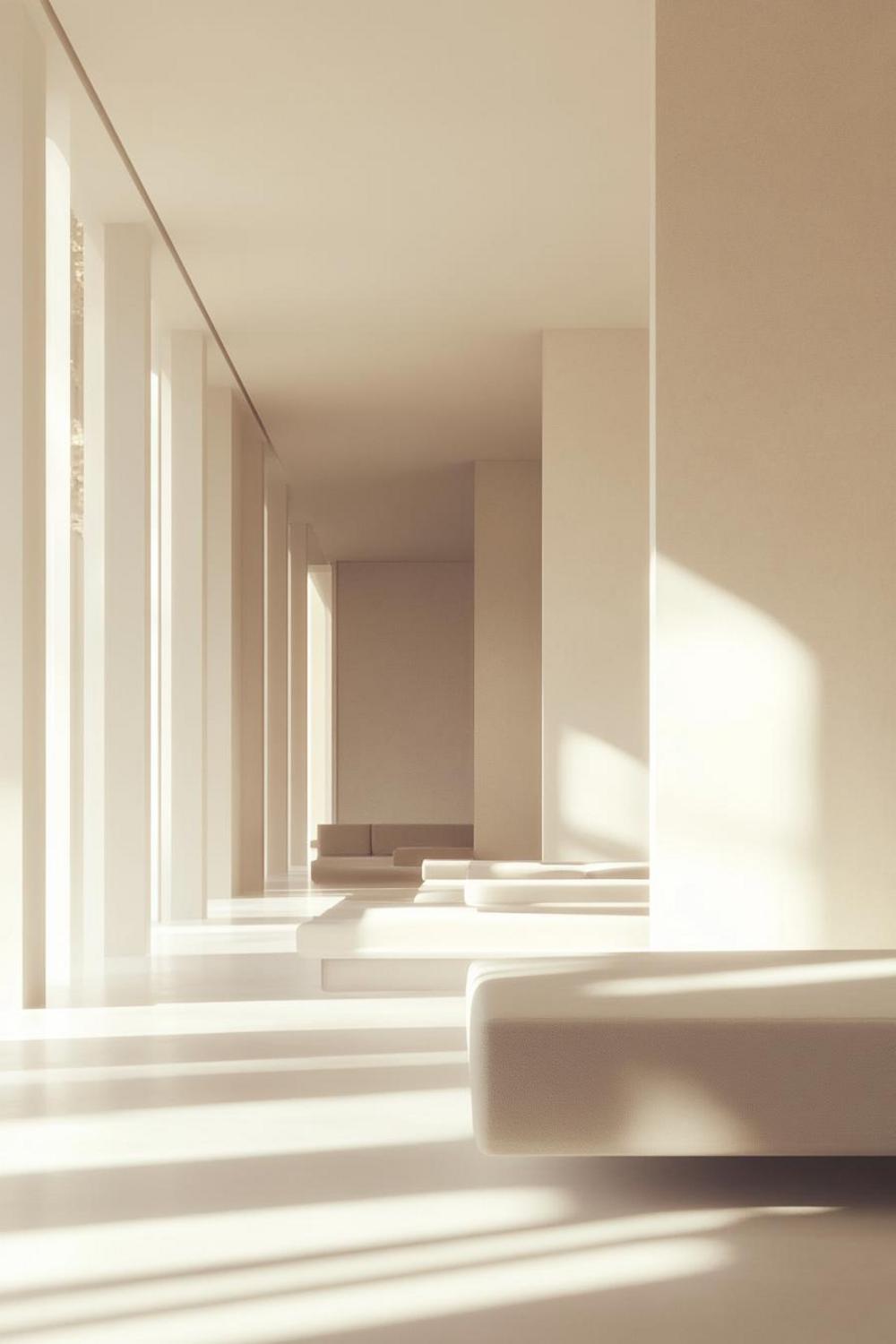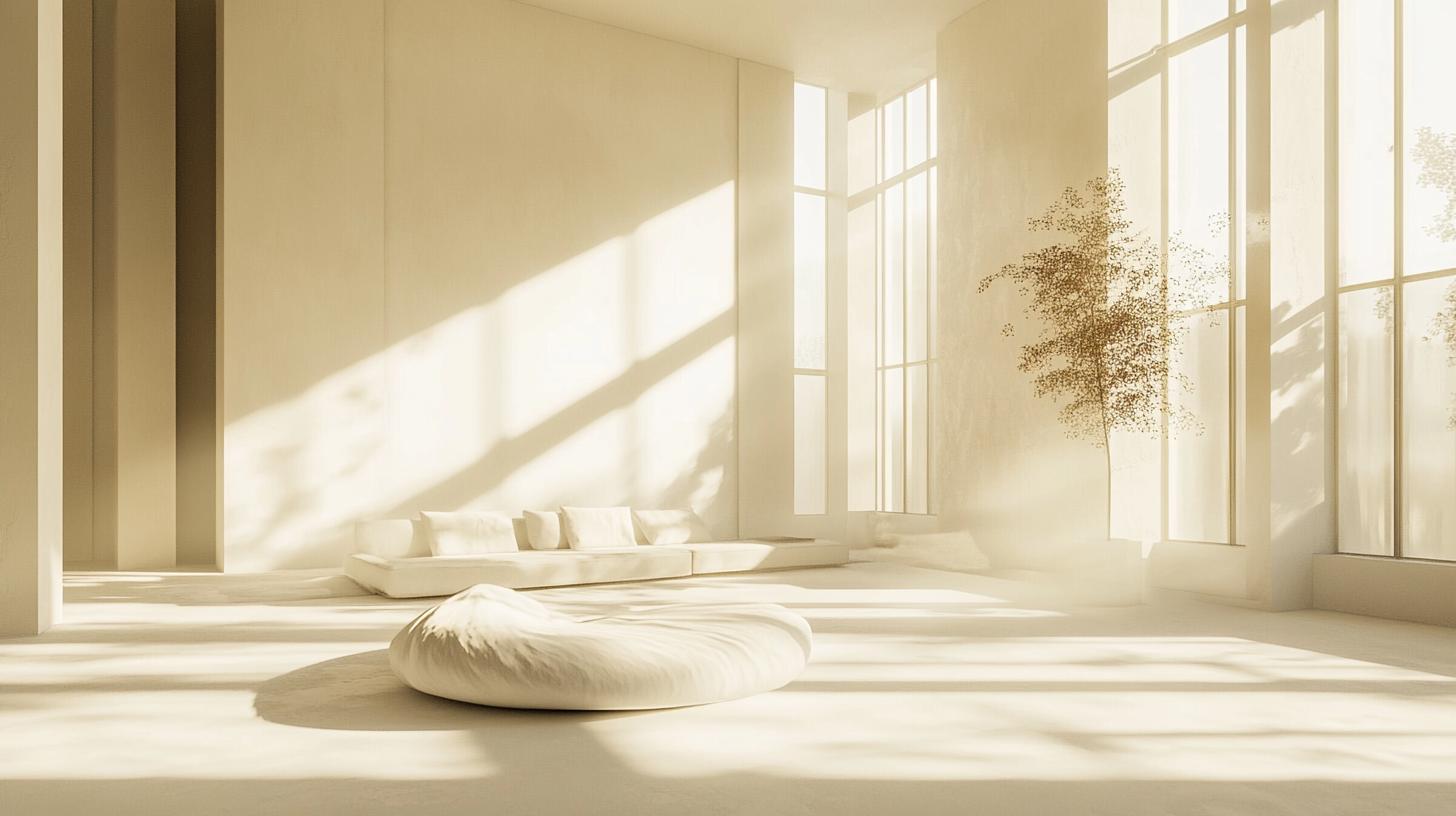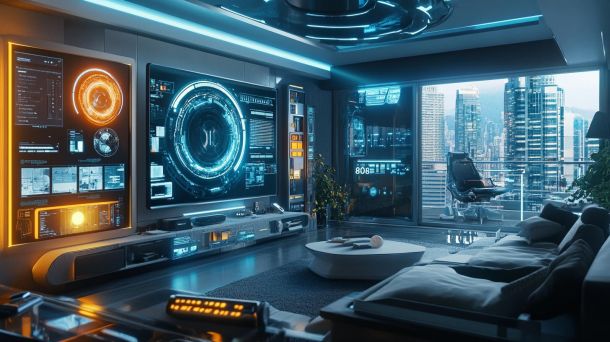Mastering Functional Room Layout: Design Smart Spaces in 2025
Creating a functional room layout isn’t just about arranging furniture—it’s about designing intelligent living spaces that adapt to your lifestyle! In 2025, smart homeowners understand that room design goes far beyond aesthetics; it’s about creating environments that support daily activities, enhance productivity, and promote well-being.

Let’s dive into the transformative world of functional room layouts. Research shows that well-designed spaces can increase productivity by up to 20% and reduce stress levels significantly. Whether you’re a busy professional or a multitasking parent, understanding room layout principles can revolutionize how you experience your living spaces.
Understanding Functional Room Layout Fundamentals
A truly functional room layout considers several critical factors:
- Traffic flow and movement patterns
- Natural light optimization
- Multipurpose zone creation
- Ergonomic furniture placement
Analyzing Your Space: The First Step
Before moving a single piece of furniture, start by measuring your room meticulously. Create a scaled floor plan that helps you visualize potential arrangements. Pro tip: Use digital tools or traditional graph paper to map out your space accurately.
Measuring Techniques
When measuring, include these crucial details: • Room dimensions • Window and door locations • Electrical outlet positions • Potential architectural constraints

Strategic Furniture Placement Techniques
Furniture isn’t just about filling space—it’s about creating functional zones that support different activities. In our modern, multi-functional homes, each area must serve multiple purposes efficiently.
Creating Adaptive Living Zones
Consider implementing these innovative layout strategies:
- Modular furniture that can be easily reconfigured
- Floating furniture arrangements to enhance visual space
- Clear pathways between functional areas
- Multi-purpose furniture with hidden storage
Technology Integration
In 2025, room layouts increasingly incorporate smart technology. Consider built-in charging stations, hidden tech zones, and furniture with integrated power outlets to create seamless, tech-friendly environments.
Psychological Aspects of Room Layout
Beyond physical arrangement, functional layouts impact mental well-being. Strategic design can reduce stress, improve focus, and create a sense of calm. Pay attention to: • Natural light exposure • Color psychology • Visual balance • Emotional comfort zones
Final Recommendations
Remember, a truly functional room layout is dynamic. Regularly reassess your space, be willing to experiment, and prioritize comfort and efficiency. Your living environment should evolve with your lifestyle!
By implementing these strategies, you’ll transform your home into a responsive, intelligent space that supports your daily life seamlessly.




